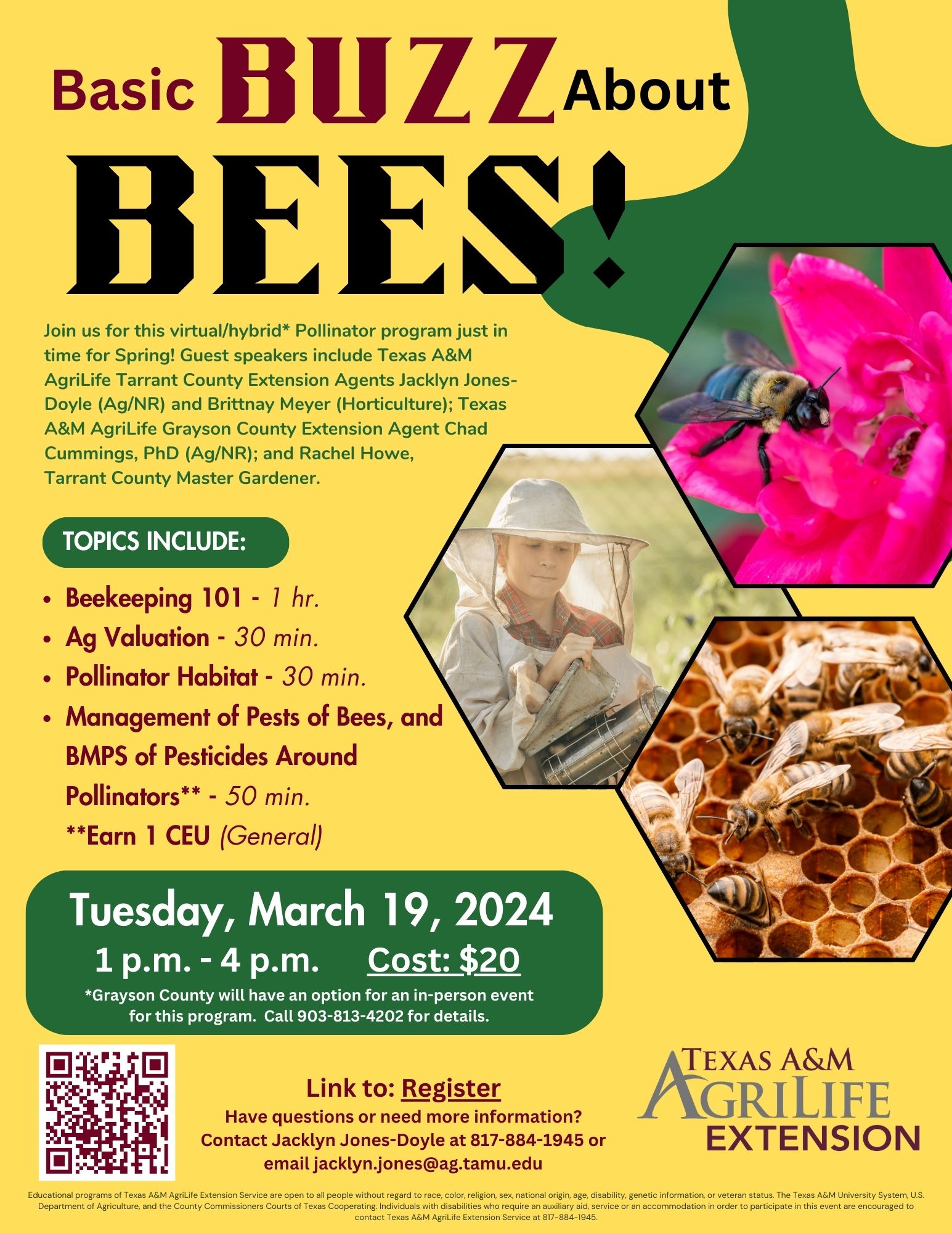When it comes to beef cattle vaccination programs, many different routes can be selected. Depending on the livestock production program, the history of the cattle, the current location and the overall health of the cattle, along with various other factors, vaccination programs can be altered and tailored to meet the individual producer’s needs. Money is often the main factor that results in a tailored herd health program, but should not necessarily be the overriding factor in this economically-based decision. Critically important to a herd health program is immunization against any encountered pathogens and great attention to details within one’s herd. The following vaccination programs deal with various approaches to vaccinating cattle that can be tailored to individual cattle production programs.
Value Added Calf (Vac 45) Vaccination Program
The Vac 45 program is designed to increase net profit for the producer along with overall cattle quality within the industry through an assurance-based program involving a standard of quality for vaccinated cattle. This program is designed with the necessary vaccines to decrease the use of unnecessary medicines, lower the death loss within a herd, and increase the efficiency within the respective programs. This name recognition may increase the sale value of cattle when specified and when being sold within the right market.
Value Added Calf-45
(Vac-45)
This program is designed for producers who have the resources to be able to background calves for at least 45 days prior to shipment. This program has been shown to maximize the calf’s preparedness to enter various marketing and production channels.
There are two vaccination options in this program. One is based upon a pre-weaning vaccination followed by re-vaccination at weaning. The other is based upon vaccination at weaning followed by re-vaccination 14-21 days later. The type of vaccines used depends upon whether or not the calves are nursing or weaned at vaccination. In both options, the cattle are backgrounded at least 45 days after weaning.
Pre-Weaning Option:
Administer CattleMaster 4 vaccine 4-6 weeks prior to weaning. When the calves are weaned, re-vaccinate with one of the Modified Live Virus (MLV) vaccines listed in Table A. Do not re-vaccinate with CattleMaster 4.
Weaning Option:
If the calves did not receive a pre-weaning vaccination, administer one of the MLV vaccines in Table A at weaning and booster it 14-21 days later.
Value Added Calf-PreWean Plus
(VAC-PreWean Plus)
Some producers have the resources to be able to gather their calves prior to weaning, vaccinate them and place them back with the cows for a period of time prior to weaning. This allows time to develop immunity in an environment that is generally less stressful and where exposure to pathogens is minimal. Better immunity is generally established in older calves due to less maternal antibody interference and a more functional immune system.
Vac-PreWean Plus is based upon administration of CattleMaster 4 and one of the intranasal vaccines in Table B at 4-6 weeks prior to weaning with the calves being shipped at weaning.
Value Added Calf-PreWean
(VAC-PreWean)
Some producers don’t have the resources to be able to background calves or vaccinate their calves 4-6 weeks prior to weaning. VAC-PreWean is a vaccination management program designed to increase the level of resistance prior to weaning so that calves have more immunity as they enter various market channels. This program is based upon a pre-weaning vaccination at branding with the calves being shipped at weaning.
Vaccinate with CattleMaster 4 when the calves are worked at 2-4 months of age. Also, administer one of the intranasal vaccines shown in Table B.
Value Added Calf-PreCon
(VAC-PreCon)
Producers that purchase weaned calves and background them on pasture or in a drylot situation are a major source of stocker/feeder cattle. VAC-PreCon is a vaccination management program designed to help ensure healthy stocker/feeders. This program is based upon cattle “put together” from various sources that are preconditioned or backgrounded for at least 45 days. VAC-PreCon is exactly like the VAC-45 Weaning Option except it denotes “put together” cattle versus calves of a common ranch origin.
Upon arrival, administer one of the intranasal vaccines listed in Table B and one of the injectable vaccines shown in Table A. Booster the injectable vaccine 14-21 days later.
| Trade Name | Manufacturer |
| Bovishield 4 | Pfizer |
| Express 5 | Boehringer Ingelheim |
| Frontier 4 Plus | Intervet |
| IBR Plus 4-Way | Merial |
| Pyramid MLV 4 | Fort Dodge |
| Titanium 5 | Agri Labs |
Table B: Intranasal Vaccines
| Trade Name | Manufacturer |
| Nasalgen IP | Schering-Plough |
| TSV-2 | Pfizer |
Immunizing Beef Calves
The following system is another vaccination program from Floron C. Faries, Jr. of the Texas A&M University System. This program is a high-maintenance, yet thorough program to help immunize the whole cattle herd.
Cow Herd Vaccines
Precalving Vaccination of Cows and Heifers
(7 to 9 months of pregnancy or twice a year)
1. 4-way Viral BRD Vaccine
2. Pasteurella Bacterin & Leukotoxoid
3. Haemophilus Bacterin
4. 5-way Lepto Bacterin
5. 7-way or 8-way Blackleg Bacterin
6. Scour Vaccine
7. Vibrio Bacterin
8. Trich Vaccine
Prebreeding Vaccination of Replacement Heifers and Bulls
(3 to 6 weeks before breeding)
1. 4-way Viral BRD Vaccine
2. Pasteurella Bacterin & Leukotoxoid
3. Haemophilus Bacterin
4. 5-way Lepto Bacterin
5. 7-way or 8-way Blackleg Bacterin
6. Vibrio Bacterin
7. Trich Vaccine (Heifers)
8. Anaplas Vaccine
Calf Herd Vaccines
Postcalving Vaccination of Nursing Calves
(2 to 3 months of age)
1. 4-way Viral BRD
2. Pasteurella Bacterin & Leukotoxoid
3. Haemophilus Bacterin
4. 5-way Lepto Bacterin
5. 7-way or 8-way Blackleg Bacterin
Preweaning Vaccination of Nursing Calves
(3 weeks before weaning)
1. 4-way Viral BRD Vaccine
2. Pasteurella Bacterin & Leukotoxoid
3. Haemophilus Bacterin
4. 5-way Lepto Bacterin
5. 7-way or 8-way Blackleg Bacterin
6. Bang’s Vaccine (Heifers)
Various Vaccination Programs by Level
The following programs were placed together by Steven Wikse, DVM, from Texas A&M University. They are very beneficial programs that incorporate different financial and economical situations into implementation. The three levels of the program correspond to the cost and overall maintenance level of the program, related back to a ranking system of good, better, and best.
Good Program
This is the very minimal vaccination program for a beef cow-calf operation. It protects calves against the clostridial diseases and cows against the 3 most common reproductive diseases: brucellosis, leptospirosis and campylobacteriosis. These are must vaccinations! This would be a poor program for retained ownership because there are no vaccinations against respiratory tract pathogens. Also, it provides no protection against reproductive losses from the “big 3” viruses, which is the reason I don’t recommend it!!!
Calves
At Calf Working (1 to 3 months):
1. 8-way clostridial toxoid
2. 5-way leptospirosis bacterin
At Weaning:
1. 8-way clostridial toxoid
2. 5-way leptospirosis bacterin
After Weaning (Heifers):
1. Brucellosis
2. Campylobacter fetus bacterin (oil-based)
Prebreeding (Heifers: 1 month prior to breeding):
1. Campylobacter fetus/ lepto-5 (oil-based)
2. 8-way clostridial toxoid.
Cows and Bulls
Prebreeding:
1. Campylobacter fetus/ lepto-5 bacterin (oil-based).
Pregnancy Examinations:
1. 5-way leptospirosis bacterin
Cost Per 1000 Cow Herd
8-way clostridial toxoid .43/ds x 2,100 ds………………..….$903.00
Brucella vaccination @ $3.00/calf x 300 calves……………$900.00
5-way leptospirosis bacterin .18/ds x 2,830 ds……..……$509.40
Campylobacter fetus bacterin .52/ds x 300 ds……….……$156.00
Campylobacter fetus/ Lepto-5 .48/ds x 1,345 ds…………$645.60
Total $3,114.00
Per Cow $3.11
Better Program
This is a good vaccination program because in addition to the good coverage, it provides intermediate degrees of protection against viral embryonic deaths or abortions and viral pneumonia of calves. Also, adults are protected against clostridial diseases. In addition to vaccination of adults against the clostridial diseases, it adds multiple vaccinations against the “Big 3” viruses to calves and replacement heifers in an attempt to develop a long-lasting immunity. It’s then hoped that, in adulthood, periodic exposure to the field strains of these agents will serve as “natural boosters”. This concept of life-long protection is not proven and is more likely to work for IBR than BVD. Killed virus or MLV vaccines are options for nursing calves so conservatives can have the choice of using killed vaccine. It’s not known, however, if killed virus vaccines can serve as primer immunizations like MLV vaccines in the face of maternal immunity.
Calves
At Calf Working (1 to 3 months):
1. 8-way clostridial toxoid.
2. 5-way leptospirosis bacterin.
3. IBR/PI3/BVD/BRSV (killed or modified-live virus*).
At Weaning or (even better) 3 weeks prior to weaning:
1. 8-way clostridial toxoid.
2. 5-way leptospirosis.
3. IBR/PI3/BVD/BRSV (killed or modified-live virus*)
After Weaning (Heifers):
1. Brucellosis.
2. Campylobacter fetus bacterin (oil-based).
Prebreeding (Heifers: 1 month prior to breeding):
1. Campylobacter fetus/ lepto-5 (oil-based)
2. IBR/PI3/BVD/BRSV (modified-live virus).
3. 8-way clostridial toxoid.
Cows and Bulls
Prebreeding (3 to 4 weeks prior):
1. Campylobacter fetus/ lepto-5 bacterin (oil-based).
2. 8-way clostridial toxoid.
Pregnancy Examinations:
1. 5-way leptospirosis bacterin.
Cost Per 1000 Cow Herd
Cost of Good Program……………………………….………………..$3,114.00
IBR/PI3/BVD/BRSV (Killed) 1.62/ds x 900 ds………………..$1,458.00
IBR/PI3/BVD/BRSV (MLV) .70/ds x 1,200 ds……………..….$840.00
8-way clostridial toxoid (for adults) .43/ds x 1,030ds……$442.90
Total $5,854.90
Per Cow $5.86
*Only specific MLV vaccines proven to not transmit from vaccinates to controls.
Best Program
This is a complete program for most beef herds. It provides better protection against reproductive losses due to the “Big 3” viruses and supplies all the vaccines required for preconditioning calves against pneumonia. The basic additions to the Better Program are annual vaccinations of adults against the “Big 3” viruses and the inclusion of a Pasteurella hemolyticum toxoid in the calf vaccination program.
Calves
At Calf Working (1 to 3 months):
1. 8-way clostridial toxoid.
2. 5-way leptospirosis bacterin.
3. IBR/PI3/BVD/BRSV (killed or modified-live virus*).
4. Pasteurella hemolytica toxoid (steers only).
At Weaning or (even better) 3 weeks prior to weaning:
1. 8-way clostridial toxoid.
2. 5-way leptospirosis.
3. IBR/PI3/BVD/BRSV (killed or modified-live virus*).
4. Pasteurella hemolytica toxoid.
After Weaning (Heifers):
1. Brucellosis.
2. Campylobacter fetus bacterin (oil-based).
Prebreeding (Heifers: 1 month prior to breeding):
1. Campylobacter fetus/ lepto-5 (oil-based).
2. IBR/PI3/BVD/BRSV (modified-live virus).
3. 8-way clostridial toxoid.
Cows and Bulls
Prebreeding (3 to 4 weeks prior):
1. Campylobacter fetus/ lepto-5 bacterin (oil-based).
2. IBR/PI3/BVD/BRSV (modified-live virus vaccine given when cows are open).
3. 8-way clostridial toxoid.
Pregnancy Examinations:
1. 5-way leptospirosis bacterin.
2. 8-way clostridial toxoid.
Cost per 1000 Cow Herd
Cost of Better Program……………………………………….…$5,854.90
IBR/PI3/BVD/BRSV (MLV) .70/ds x 1030 ds……………$721.00
Pasteurella hemolytica toxoid 1.86/ds x 900 ds…….$1,674.00
8-way clostridial toxoid .43/ds x 1030 ds…………….…$442.90
Total $8,692.80
Per Cow $8.69
*Only specific MLV vaccines proven to not transmit from vaccines to controls.
The above programs are to be used as a reference guide in order to ensure the overall health of a beef cattle herd. A veterinarian should be consulted when beginning a vaccination or deworming program to ensure the relativity and effectiveness of the program within a respective area.



